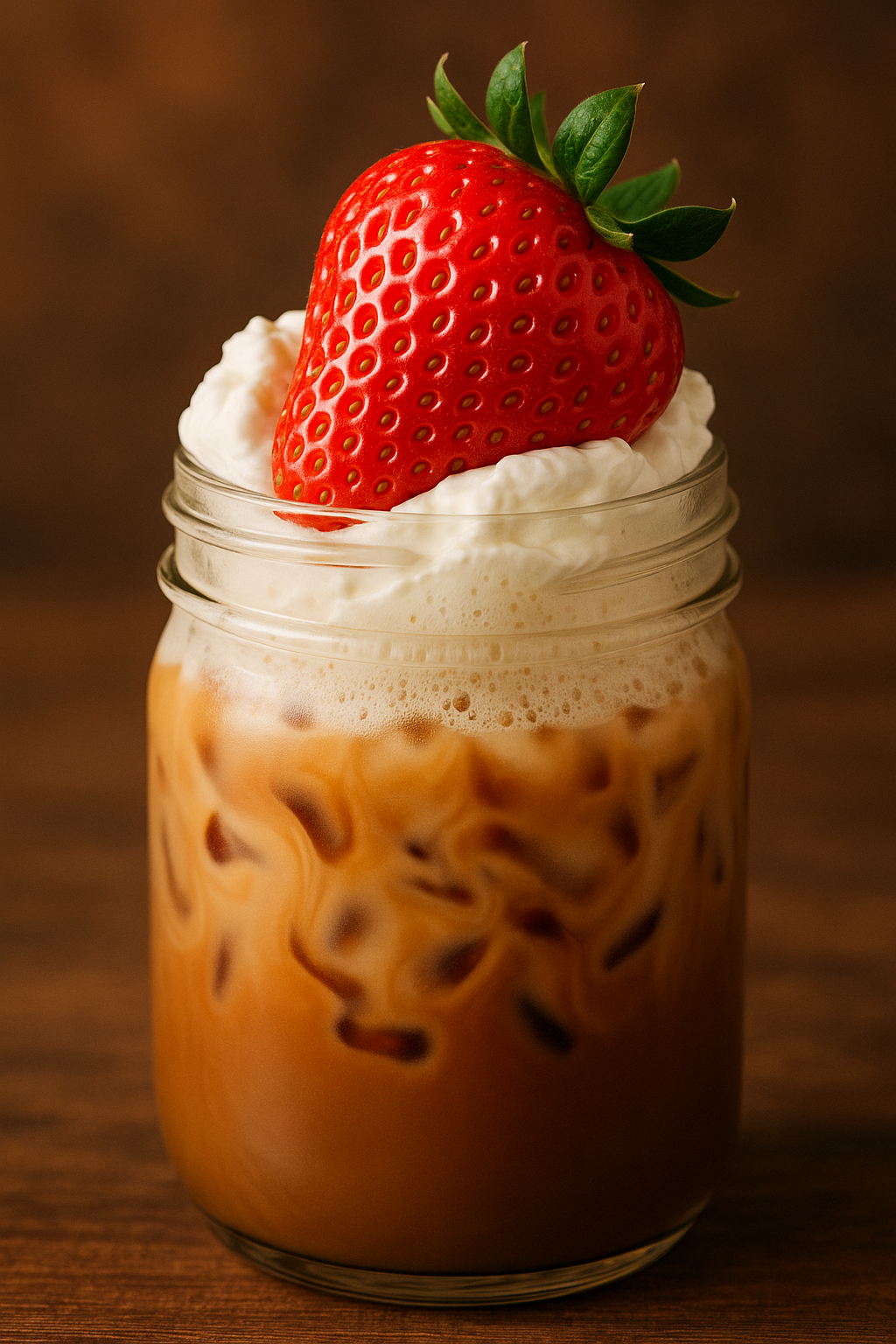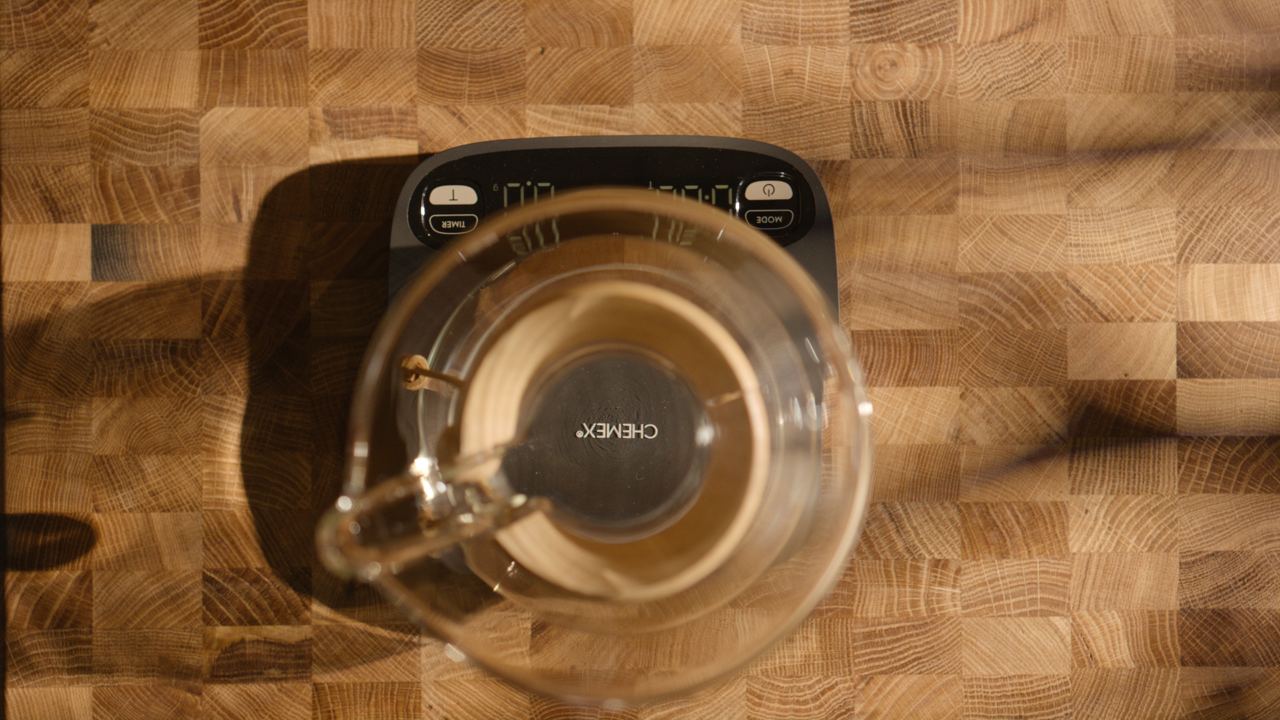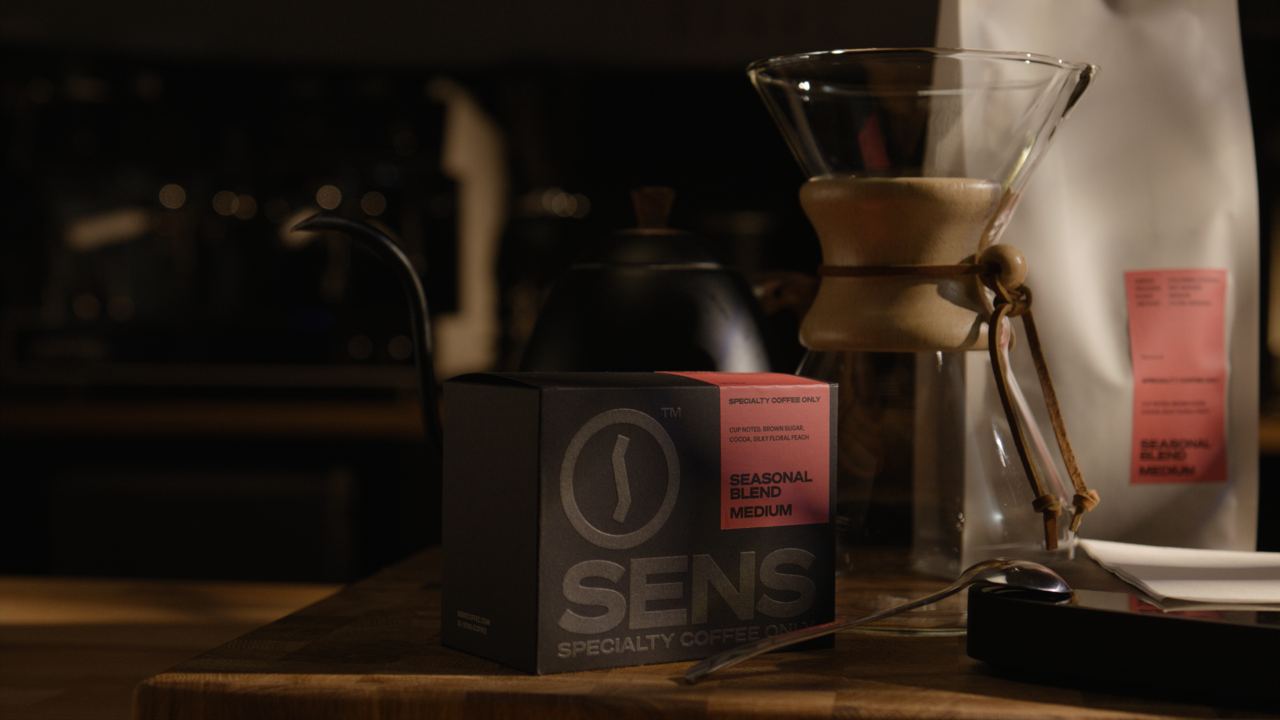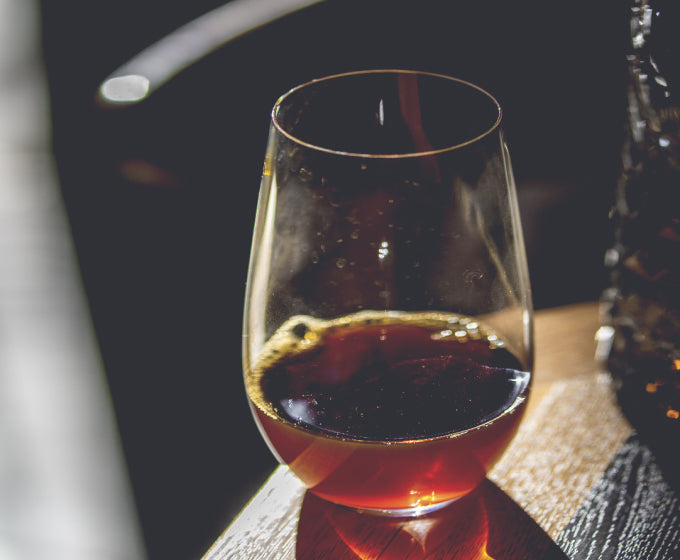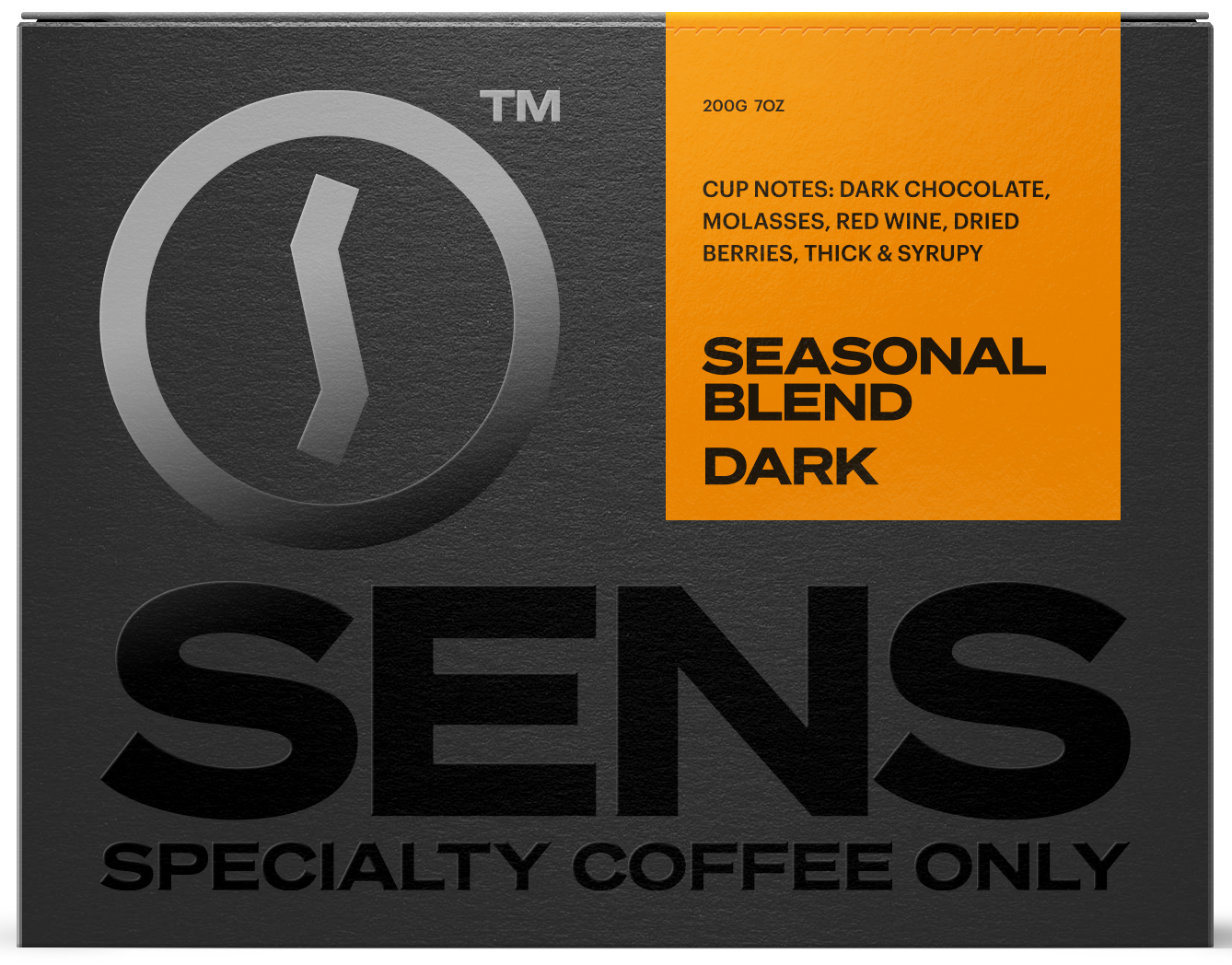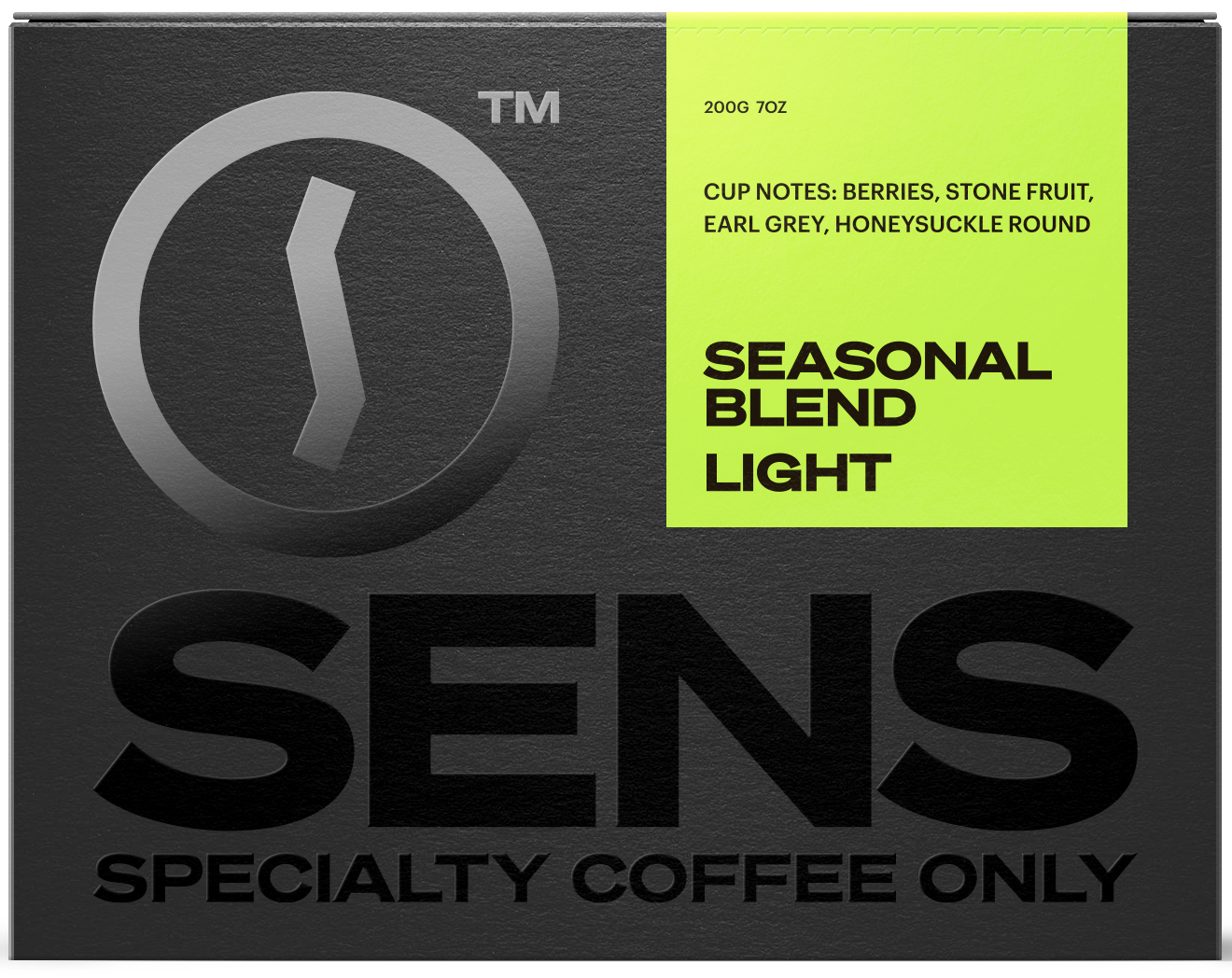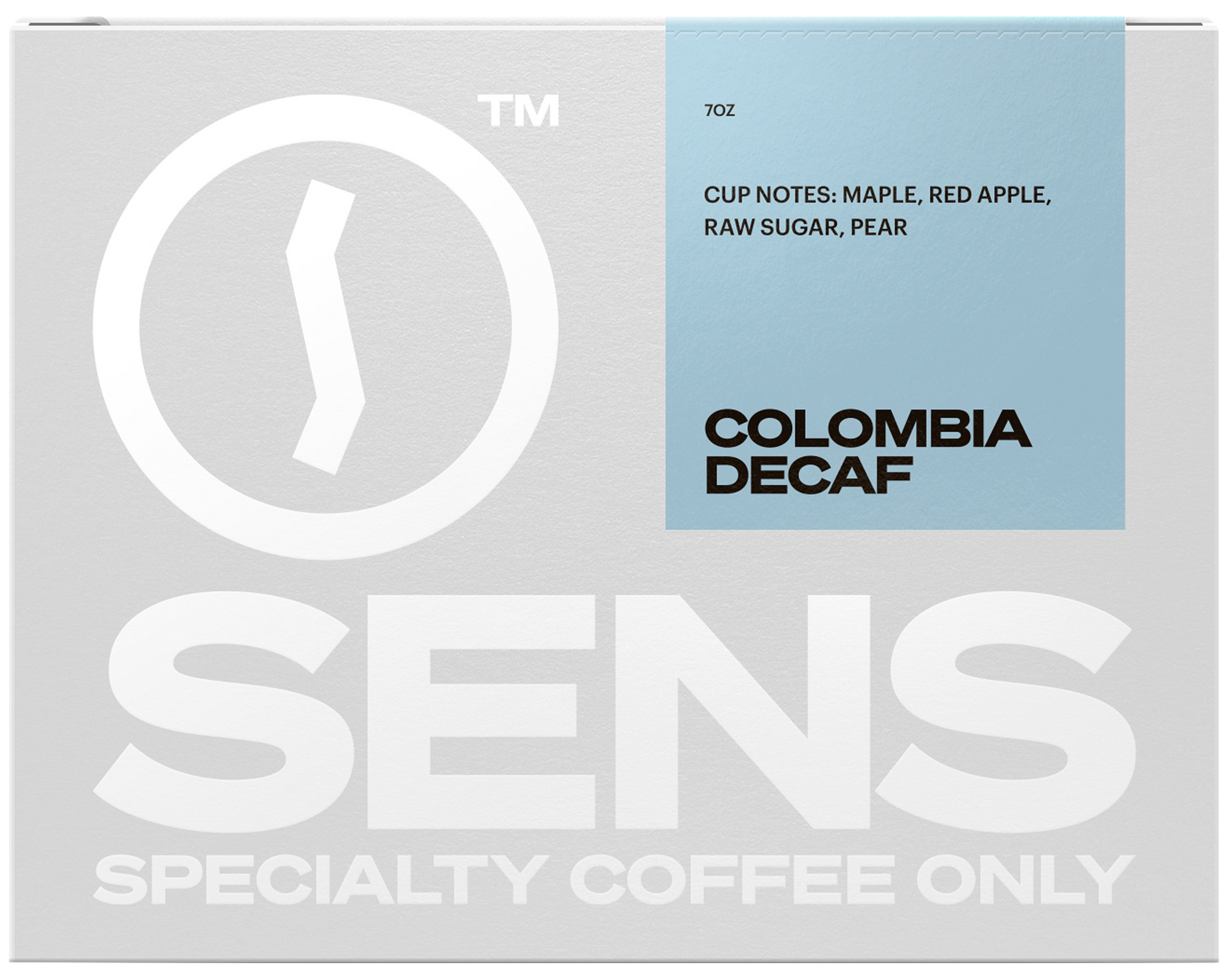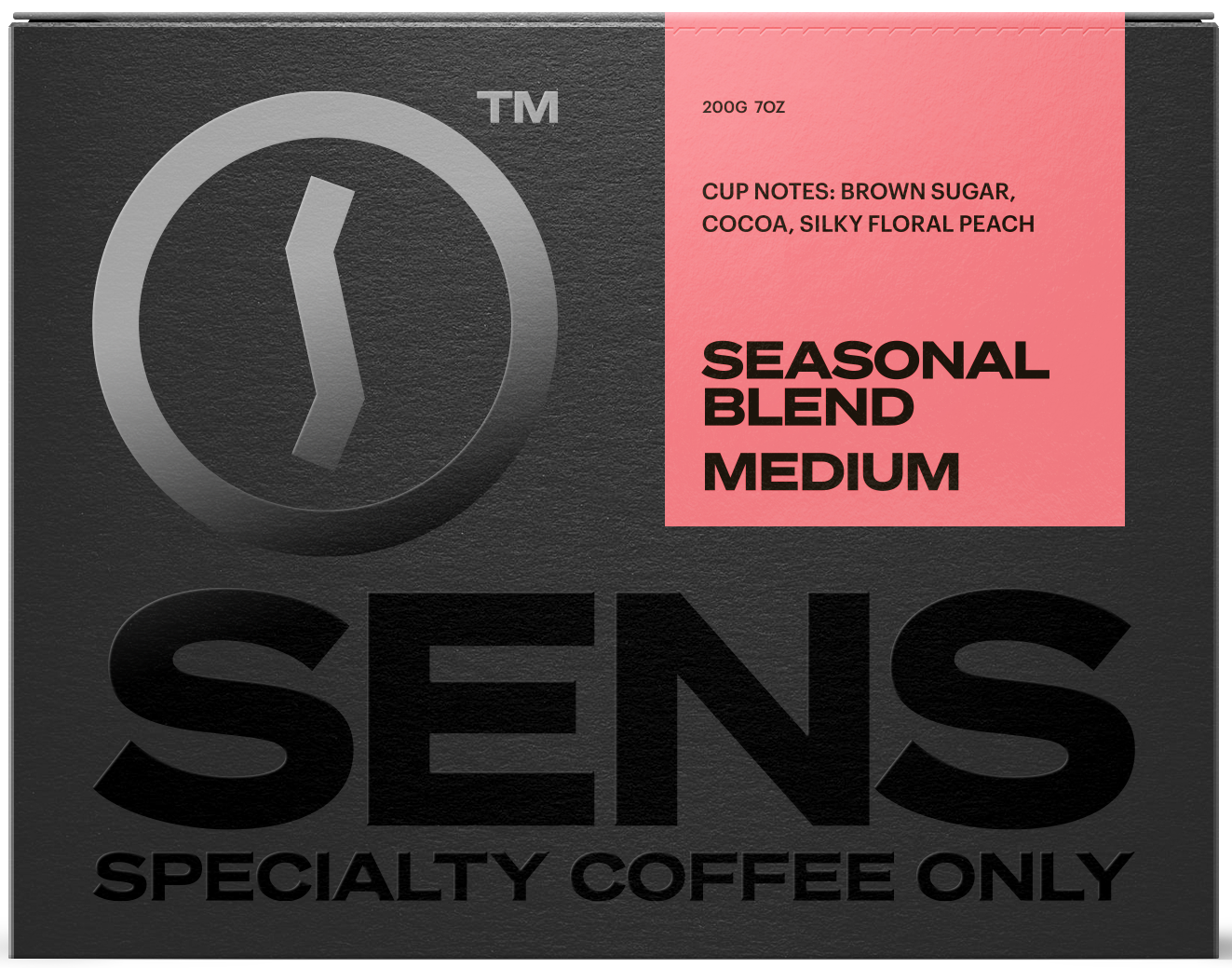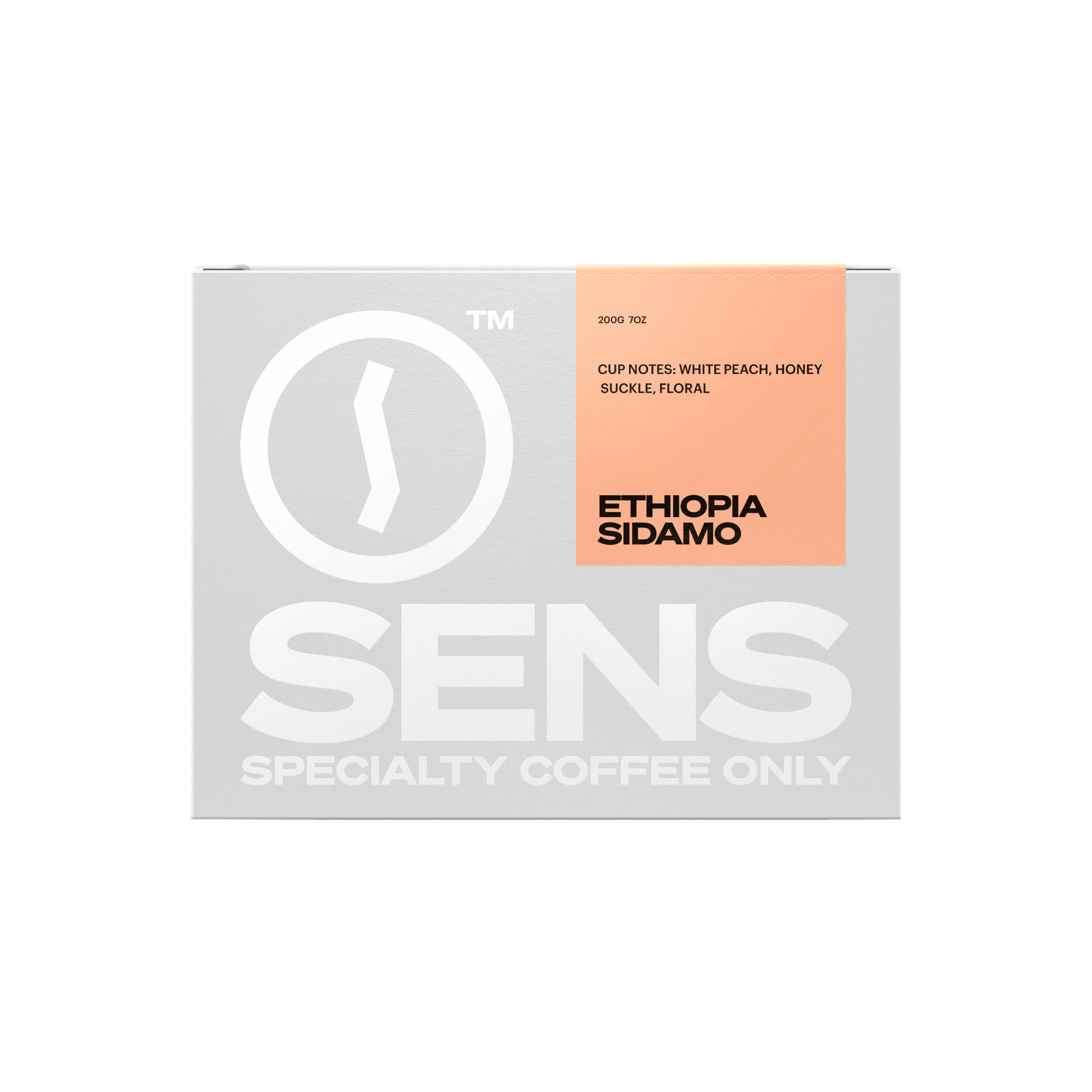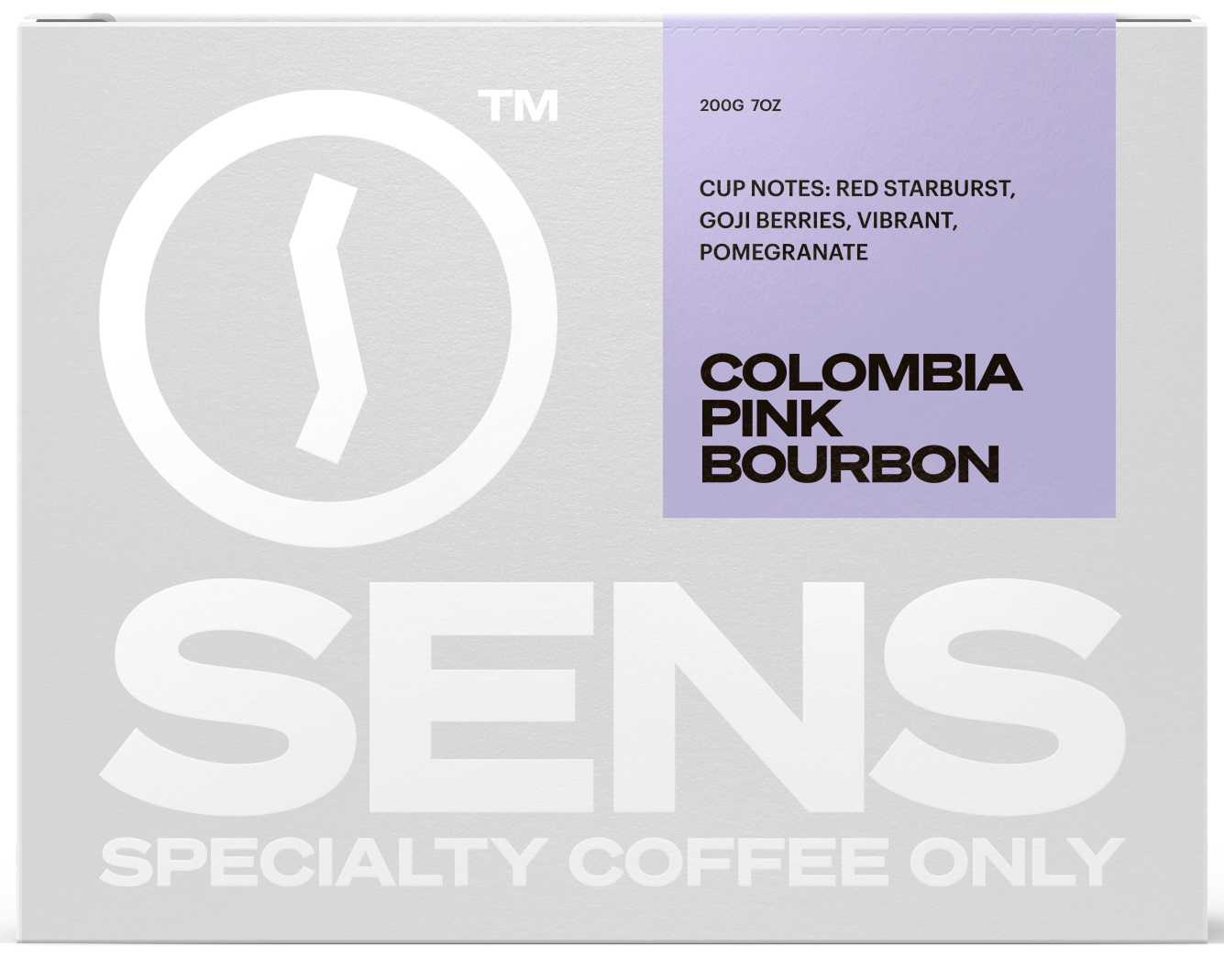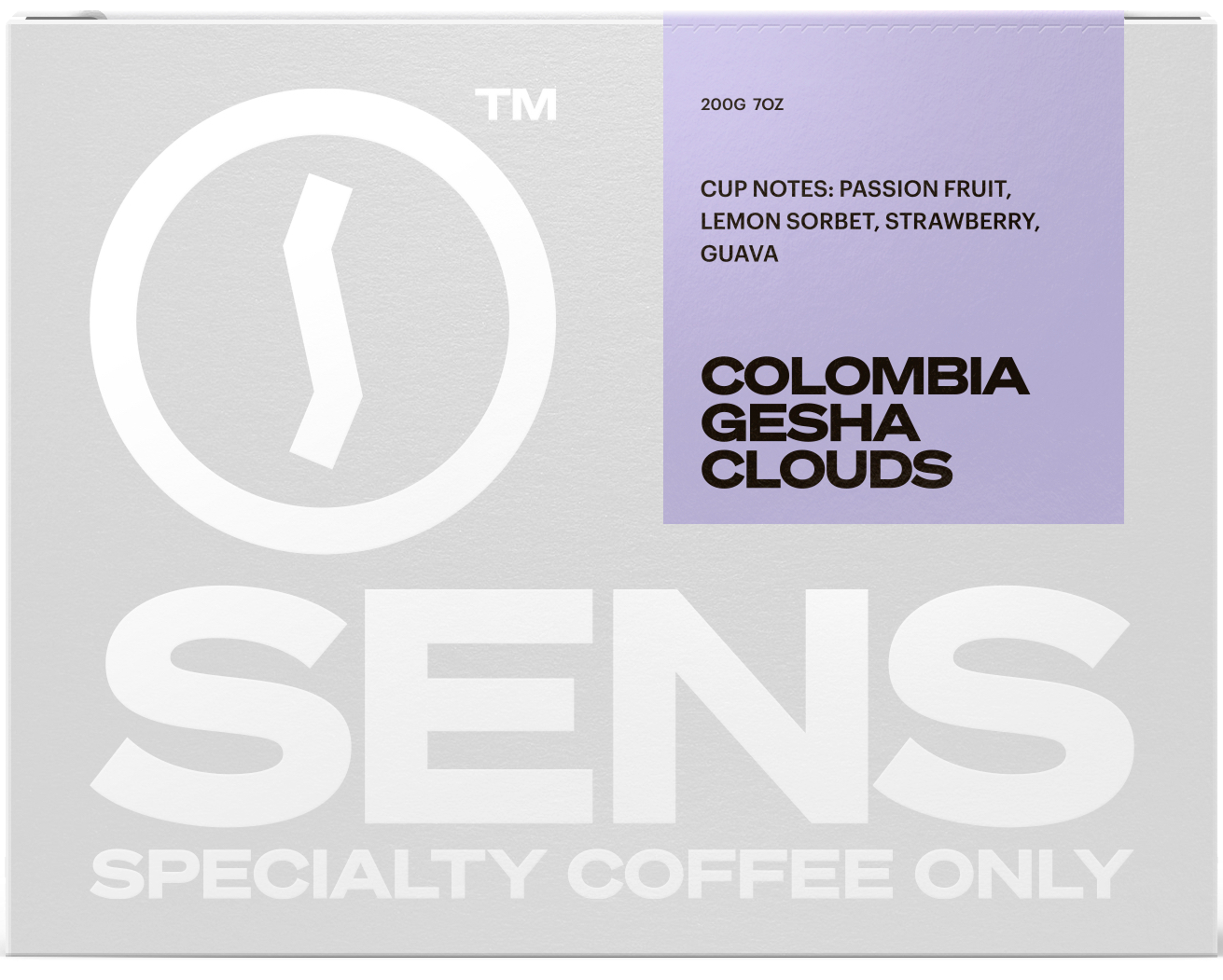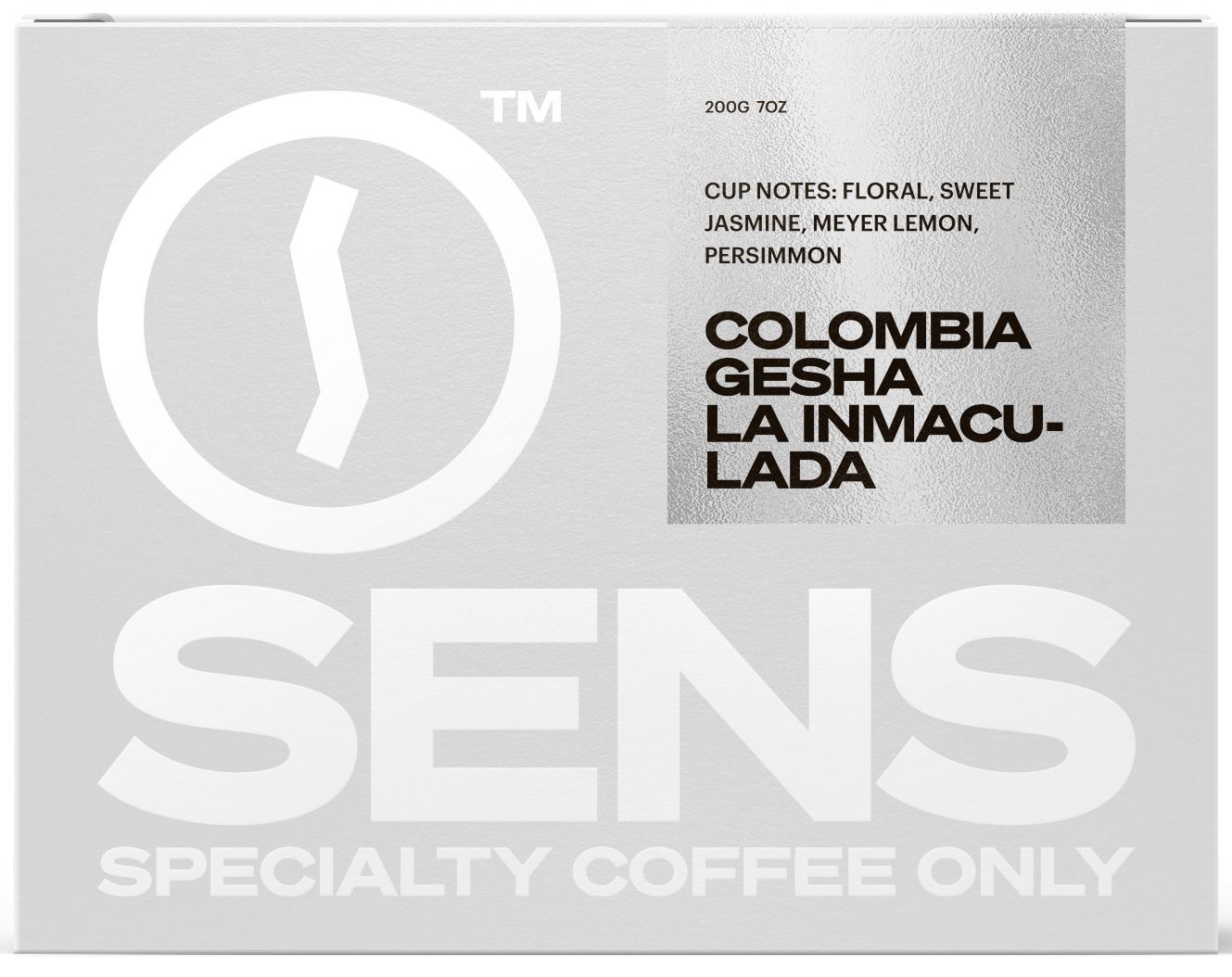Dutch Bros (NYSE: BROS) has seen a remarkable 87% surge in share value over the past three months, capturing the attention of investors. Starbucks (NASDAQ: SBUX) is also on an upward trajectory, with renewed enthusiasm following the appointment of a top restaurant executive to lead the business. But between these two coffee giants, which stock presents the best investment opportunity right now?
Dutch Bros: Betting on Growth
Dutch Bros has built a strong reputation for excellent customer service and a highly customizable menu, primarily through its drive-thru store model. Its rapid expansion is a major factor driving investor interest.
In the third quarter of 2024, Dutch Bros reported $338 million in revenue, reflecting a 160% increase from the same period three years prior. This impressive growth is fueled by an aggressive store expansion strategy, with the company now operating 1,000 locations—double its footprint from Q3 2021. Over the next 10 to 15 years, management envisions growing to 4,000 locations, a move that could significantly boost revenue.
Currently present in 18 states, Dutch Bros still has substantial room for expansion in the U.S. and beyond. The market appreciates its growth potential, as reflected in the stock’s recent surge. However, this enthusiasm has driven the stock’s price-to-sales (P/S) ratio to 4.9, the highest it has been in three years.
For growth-oriented investors, Dutch Bros presents a compelling opportunity, though its long-term success is not guaranteed. As a relatively small company, it has yet to establish durable competitive advantages that would ensure sustained profitability.
Starbucks: A Turnaround Play
While Dutch Bros is enjoying investor excitement, Starbucks remains the dominant force in the coffee industry. The company operates 17,049 stores in the U.S. and 40,576 worldwide, generating $9.4 billion in revenue in its latest fiscal quarter—28 times more than Dutch Bros.
Despite its scale, Starbucks has faced challenges in driving foot traffic. Same-store sales (SSS), a key industry metric, declined for the fourth consecutive quarter in fiscal Q1 2025, which ended on December 29, 2024. To address these issues, Starbucks has brought in Brian Niccol, former CEO of Chipotle Mexican Grill, who led Chipotle’s impressive turnaround. He has already begun implementing strategies to enhance the customer experience and revitalize the brand.
Starbucks maintains several competitive advantages that Dutch Bros lacks. Its global brand recognition, customer loyalty, and massive scale provide significant leverage. The company’s strong brand positioning allows it to command premium pricing, while its size enables cost efficiencies in marketing, digital upgrades, and supply chain management.
While Dutch Bros offers exciting growth potential, Starbucks appears to be the safer long-term investment. Its deep economic moat and global dominance provide stability, making it a less risky bet. Additionally, Starbucks’ P/S ratio of 3.4 is 31% lower than that of Dutch Bros, making it the more attractively valued option.
The Verdict
For investors seeking stability and a well-established brand, Starbucks presents a compelling opportunity. However, those willing to take on additional risk in exchange for high growth potential may find Dutch Bros an appealing investment.
Ultimately, the best choice depends on an investor’s risk tolerance and investment strategy.


